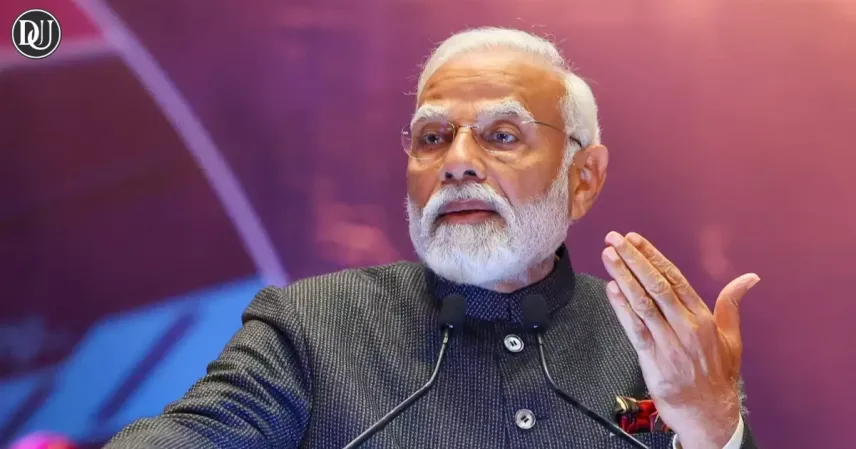May 12, 2025 — In the wake of an uneasy ceasefire between India and Pakistan, a tense calm has returned to the Line of Control (LoC) following days of intense cross-border military exchanges. The ceasefire, which came into effect on May 10, 2025, was brokered through diplomatic efforts and supported by international actors aiming to de-escalate hostilities that had brought the region to the brink of a broader conflict.
The situation along the LoC had grown increasingly volatile after a deadly terrorist attack in the Pahalgam region of Jammu and Kashmir, which Indian authorities attributed to Pakistan-based militant groups. In response, India launched Operation Sindoor, a military campaign targeting terror infrastructure across the border. Pakistan retaliated with its own strikes, leading to a brief but highly intense phase of hostilities.
![]()
Following the ceasefire, both countries declared success, with national media and political leaderships portraying the developments as strategic victories. However, despite the current silence along the border, Indian Prime Minister Modi has made it unequivocally clear that the ceasefire is a suspension, not a resolution.
In a strongly worded public address, Modi declared, “Pakistan must know that the strikes are not over; they have only been suspended after Pakistan promised it will take action against terrorists and terror facilities.” Modi emphasized that India reserves the right to resume military action if Pakistan fails to fulfill its commitments. Modi added, “If Pakistan wants to survive as a nation, it must dismantle the terror infrastructure on its soil.”
Modi also underscored that future dialogue with Pakistan would be limited strictly to discussions concerning Pakistan-occupied Kashmir (PoK) and the complete elimination of terrorist bases. “There will be no discussion on any other topic,” Modi stated firmly, signaling a hardline stance that reflects growing domestic pressure and public sentiment in India.
![]()
While the ceasefire brought temporary relief to residents in border areas—many of whom experienced heavy shelling in recent weeks—the atmosphere remains fragile. Local civilians expressed cautious optimism, though most remain skeptical given the long history of ceasefire violations and unfulfilled diplomatic promises between the two nuclear-armed neighbors.
Internationally, the ceasefire has been welcomed, with calls for sustained peace and renewed efforts toward resolving the longstanding Kashmir dispute. However, Modi’s speech has added a new layer of tension, positioning India’s future military strategy as conditional upon Pakistan’s actions. The message is clear: India is willing to pause but not withdraw, and the pressure is now squarely on Islamabad to act decisively against terror networks operating from its territory.
As Modi made it clear in his address, any future aggression from Pakistan would lead to immediate retaliation. His words reflect India’s firm stance on national security and its commitment to taking strong action when needed.
As the world watches closely, the situation at the LoC serves as a stark reminder of how quickly regional conflicts can escalate—and how fragile peace remains without genuine commitment from all parties involved. Modi’s warning to Pakistan underscores the high stakes, and the future of the ceasefire now largely depends on Pakistan’s willingness to abide by its commitments.










